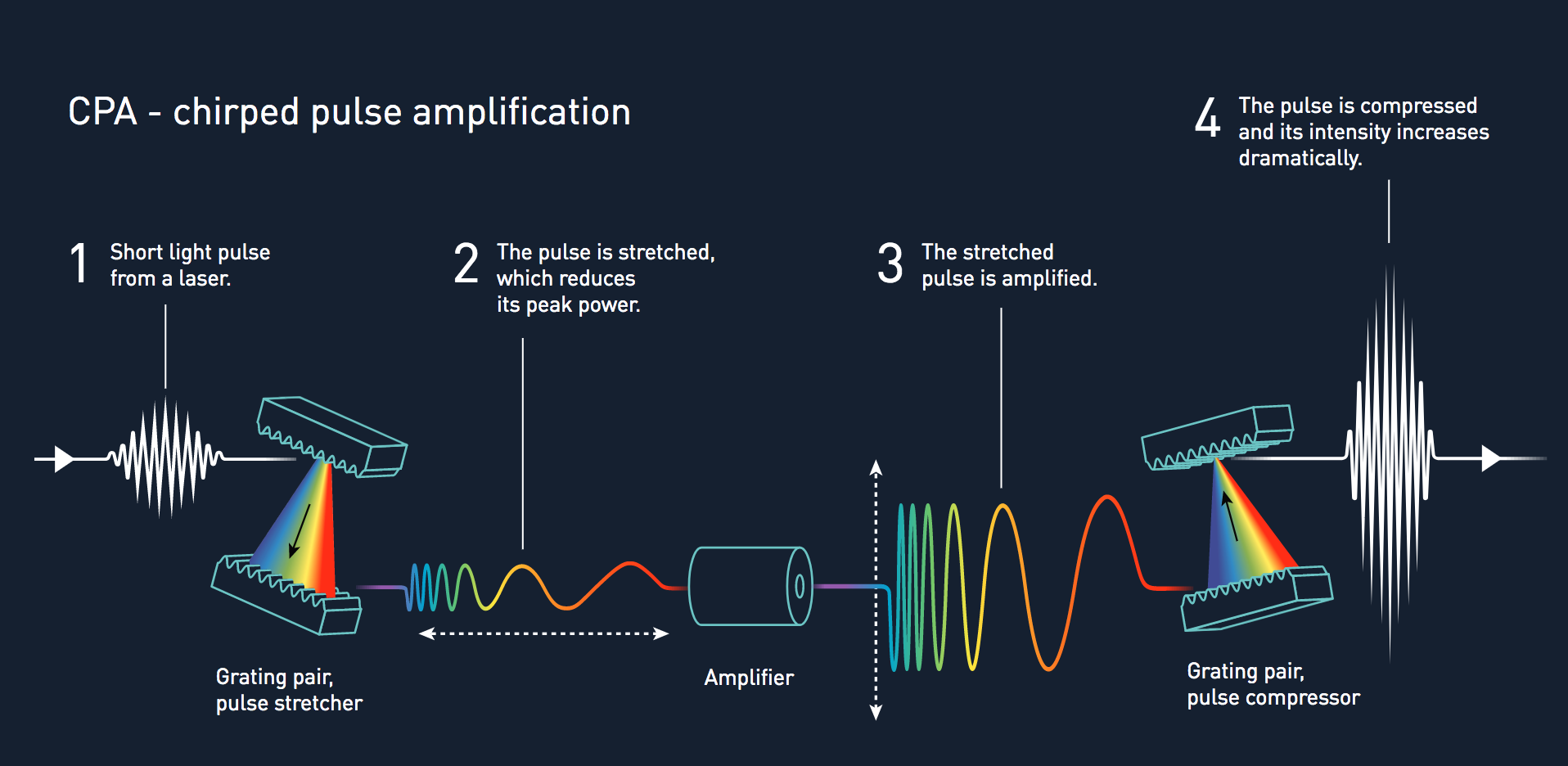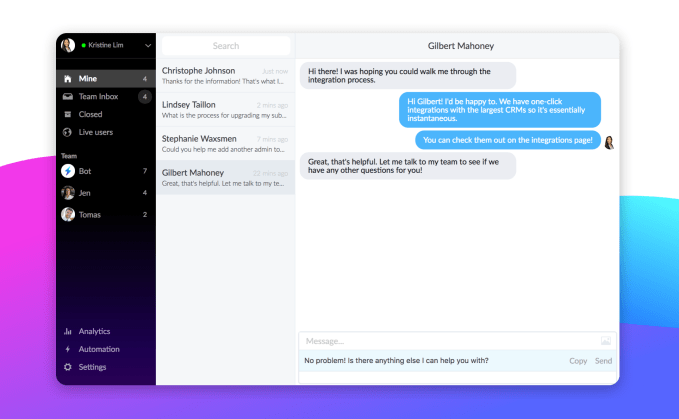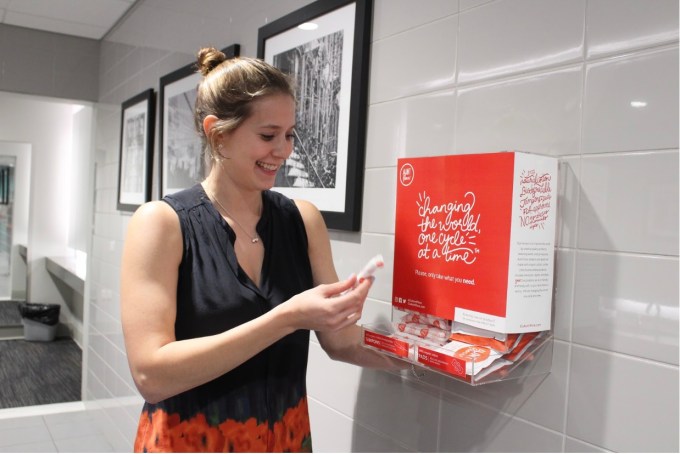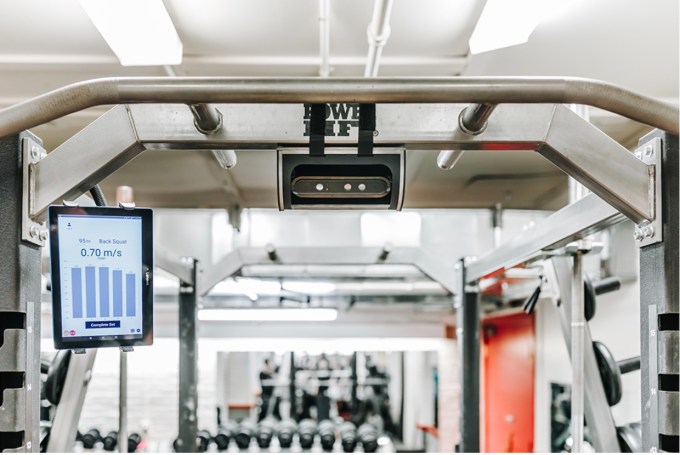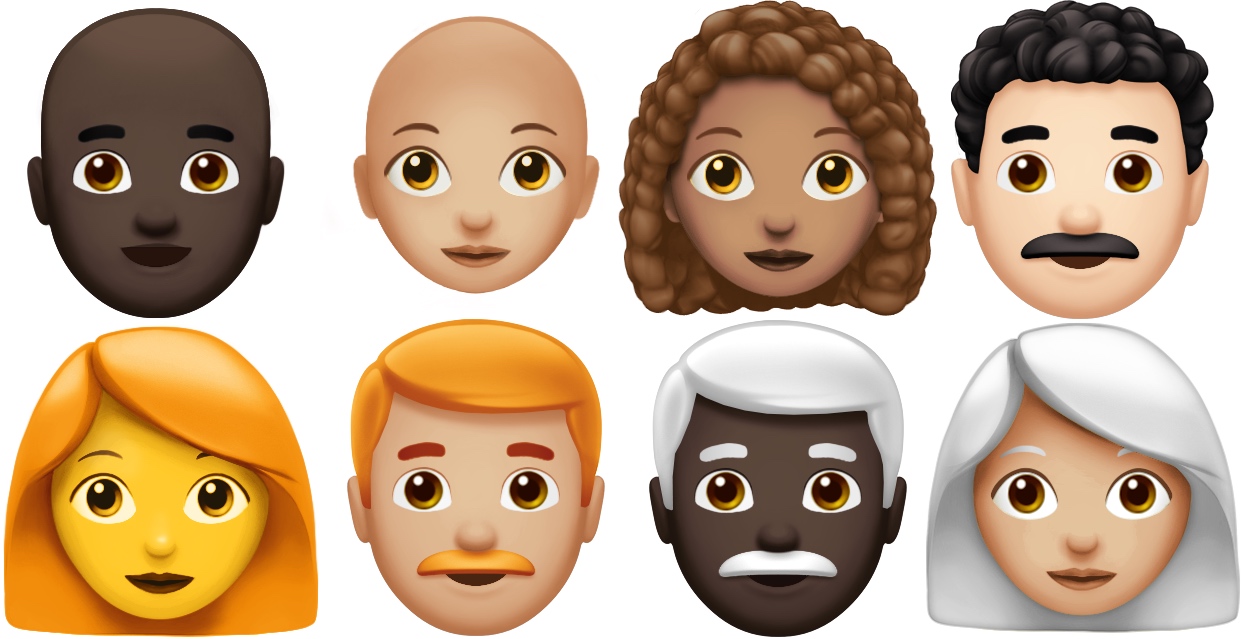Finding a job can be tricky. And once you find that job, it can be difficult to succeed and excel in it. HireClub wants to help with all of that.
HireClub started as a job-posting group on Facebook back in 2011 and has since expanded to a full-fledged business that helps people find jobs, prepare for interviews, negotiate salaries and generally navigate the workplace.
Today, HireClub has about 20,000 members in that Facebook group and offers coaching subscriptions across three tiers: standard, pro and executive. The pro plan, for example, costs $149 a month and gets you one hour’s worth of phone-based coaching and unlimited texting with your coach.
Compared to some other career-coaching services, HireClub is a steal. One career-coaching service I came across costs $2,900 for 10, one-hour sessions. That comes out to $290 a session. Another one costs $50 for 30 minutes, which is cheaper than HireClub’s $89 per month service that gets you one 30-minute call.
HireClub, which counts $6,500 in monthly revenues, currently has 60 clients on board who are supported by 40 coaches. The company says 90 percent of its clients find a job within 60 days.
HireClub’s marketplace of coaches range from professional, certified coaches looking to expand their client base to human resources professionals who have been doing work on the side. With HireClub, you also can book single sessions for a resume review, job interview prep and salary negotiation. For $39, you can book a resume review and for $99, you can book a mock interview.
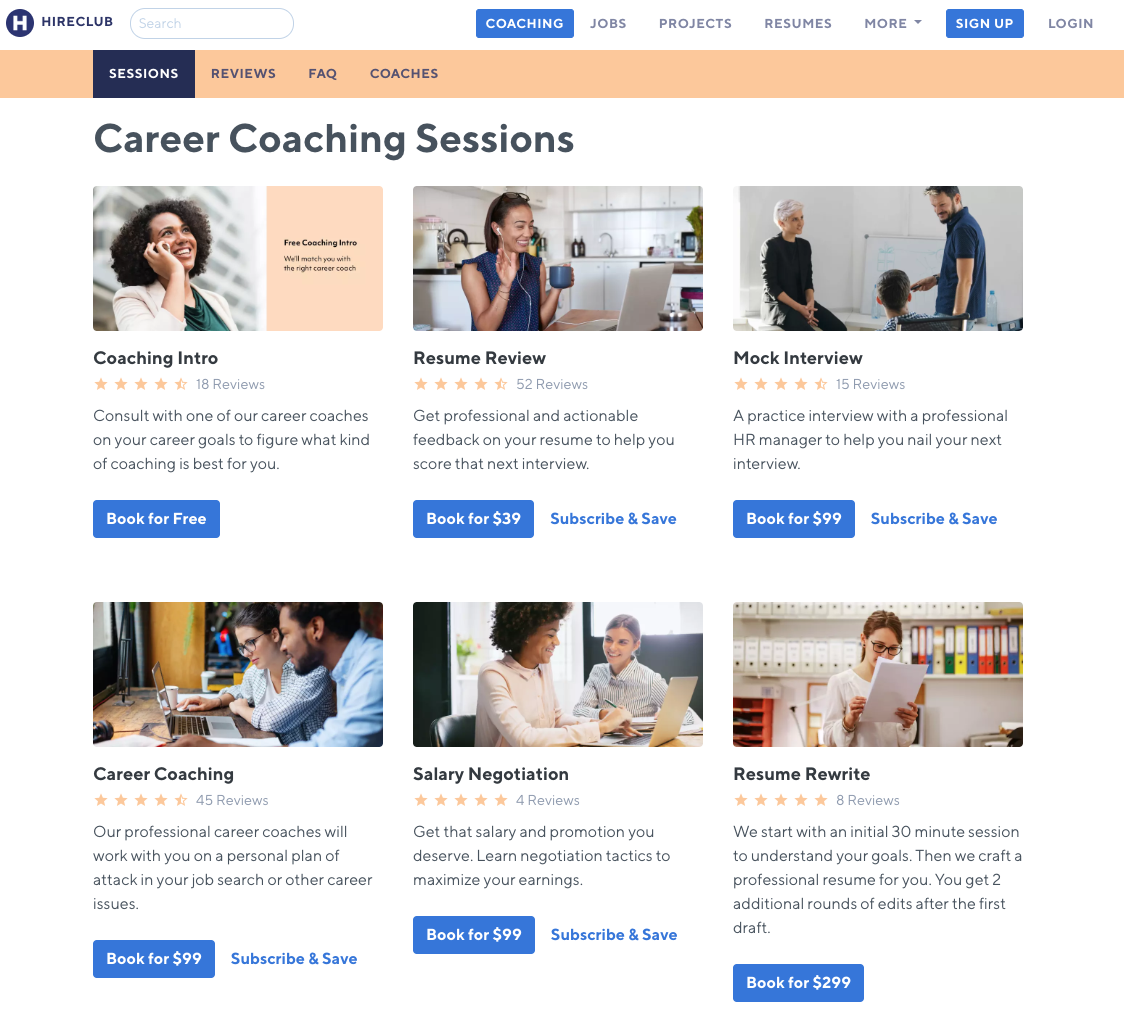
People rarely get to practice interviewing, and most companies don’t give feedback after an interview, HireClub founder Ketan Anjaria told me. That’s what makes it hard to improve.
“I want to make coaching more accessible,” Anjaria said.
HireClub’s target customers are people changing careers, college graduates and women. The latter is because of a lack of support in the workplace and issues of discrimination, Anjaria said. Today, 60 percent of HireClub’s customers are women.
The small startup has raised just $50,000 from its members. HireClub is currently looking to raise a seed round from traditional investors, but Anjaria said it’s been a tough journey. With funding, Anjaria says HireClub would be able to employ its staffers full-time, and launch an iPhone and Android app.

